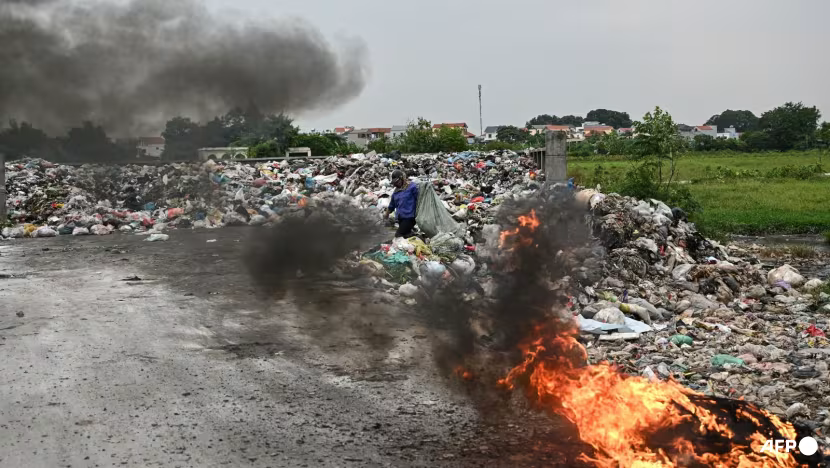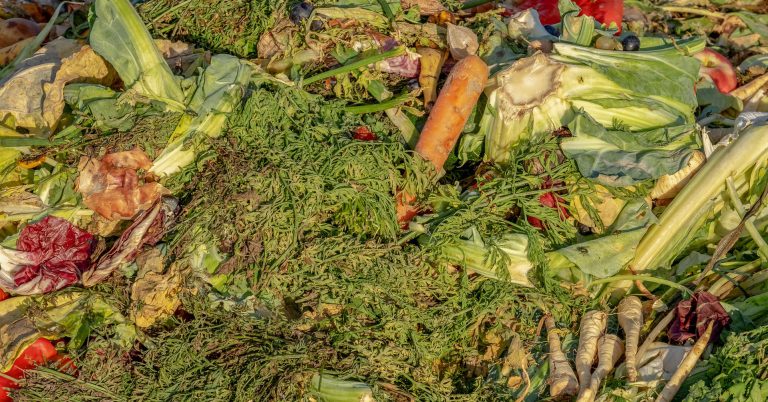PARIS: Burning plastic in dumps and open fires is as big a problem for the planet as littering, scientists said on Wednesday (Sep 4) in a detailed new assessment of how plastic enters the environment.
A world-first global register of plastic pollution, published in the journal Nature, identifies India as the biggest source of such trash and burning garbage as a much bigger problem than previously thought.
The findings come ahead of key negotiations toward a global plastics treaty and researchers hope it better informs policymakers as they consider how best to tackle the growing crisis.
Plastic has been found in snow atop the highest mountains and the depths of the remotest oceans, and tiny particles have been detected in blood and breast milk.
Much of the blame is often assigned to plastic litter: bigger pieces like straws that are tossed away and take a long time to break down, blighting ecosystems for generations to come.
But at least the same amount of plastic pollution is caused by burning it informally, mostly in poor regions where no alternatives are available, said Costas Velis from the University of Leeds.
“This hasn’t been historically our perception of marine litter or plastic pollution,” said Velis, who led the research.
HEALTH HAZARD
His team created a detailed global inventory of plastic pollution down to the city-level by using artificial intelligence to assist in modelling waste management in more than 50,000 municipalities.
They estimated some 52 million tonnes of plastic waste entered the environment in 2020 – 43 per cent as unburned litter, and 57 per cent through open fires lit in homes, streets or dumpsites.
Improperly burning garbage and leaving plastic to smoulder in this manner did not make it “disappear” but only spread smaller pieces far and wide around the environment, Velis said.
It also worsened air quality and exposed people living nearby to very harmful additives that are released when plastic is burned, he added.
“A lot of it is happening very close to vulnerable individuals” but the issue did not get anywhere near the attention it should, he told AFP.
“It is something that requires our utter, immediate attention.”
The main source of plastic waste in Global South nations was uncollected waste, researchers found, with almost 1.2 billion people living without any other means to dispose of trash.
In wealthier Global North countries, the biggest culprit was littering.
India, not China as suggested in previous studies, was the biggest contributor to plastic waste, followed by Nigeria and Indonesia, all countries with large populations and trash management challenges.
China ranked fourth.
Final negotiations toward a global treaty on plastic pollution get underway in South Korea in late November.
Source link : View Article
Author
-

CNA was established in March 1999 by Mediacorp, and is an English-language Asian news network. Positioned to “Understand Asia”, it reports on global developments with Asian perspectives. Based in Singapore, it has correspondents in major Asian cities and key Western ones, including New York, Washington D.C., London and Brussels. CNA brings its audience not only the latest news but also diverse content such as business, lifestyle, human stories, current affairs and documentary programming. CNA is a transmedia company, where users can get content online, on TV and radio and via smart devices. It is also available on social and messaging services.



